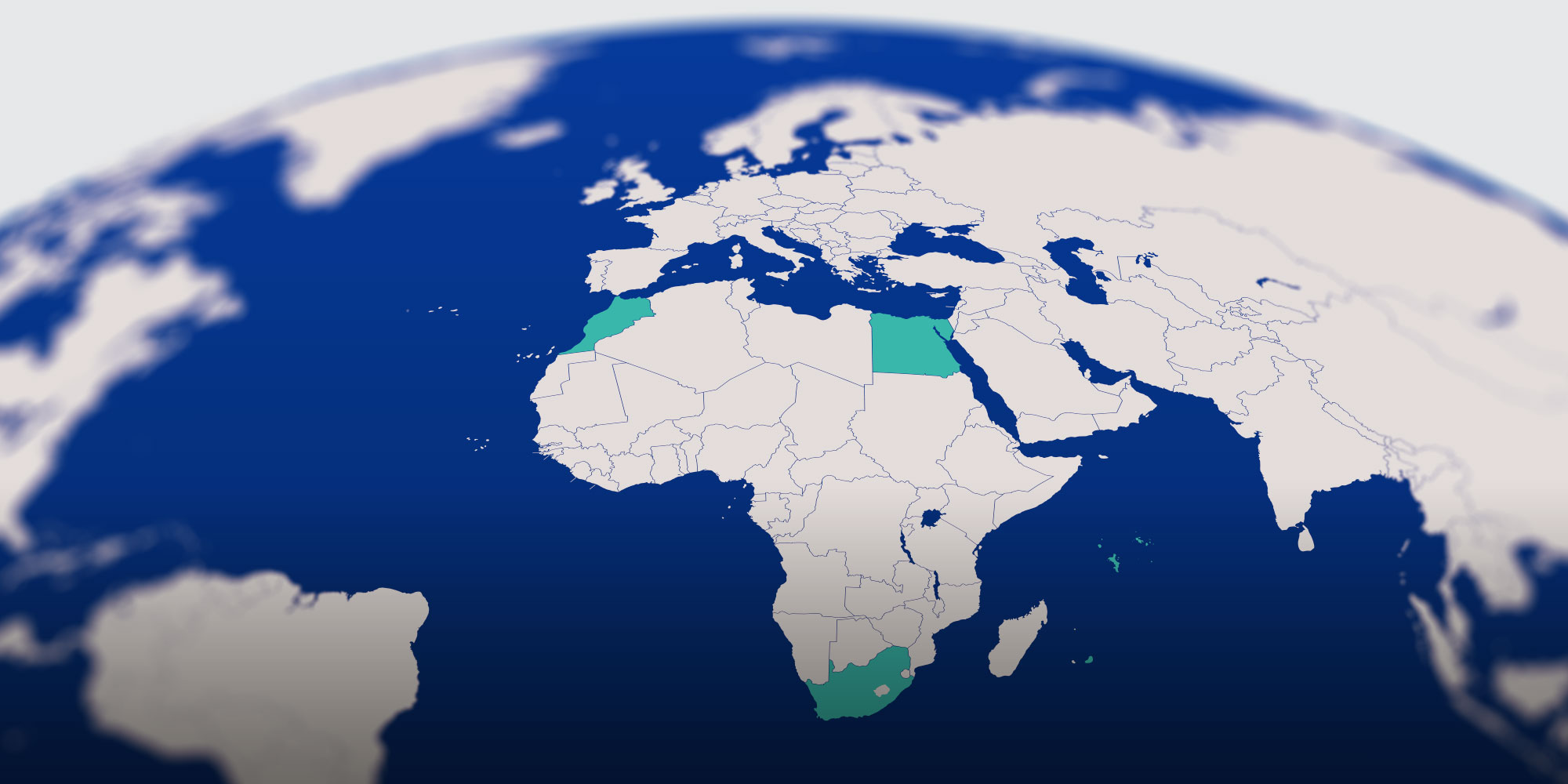The report, developed in collaboration with the Gordon Institute of Business Science, highlights 31 countries that collectively represent 92% of the continent’s economic activity (measured by GDP), and more than one billion people (three-quarters of the continent’s population). It draws on publicly available data sets from global institutions, including the World Bank, the International Monetary Fund, the African Development Bank, the United Nations, and the International Labour Organisation.
South Africa comes in fourth on the list despite high unemployment and poor infrastructure. The top three countries are Seychelles, Mauritius, and Egypt; with Morocco in fifth place.
What pushed the islands to the top of the list?
Seychelles leads the rankings thanks to high levels of personal freedom, human development, and a stable economic environment. Seychelles offers a unique and attractive investment climate. Despite scoring lower on economic size and potential, Mauritius is known for innovation, economic freedom, and high GDP per capita. It continues to be a top destination for investors seeking stability and growth opportunities in a well-regulated environment.
However, both these regions have relatively small populations compared with other African countries, which means they offer limited markets for investors. Mauritius, for example, offers a diverse basket of exports including information and communication technology, fishing, travel and tourism, insurance and finance. However, “with a population of just over 1.26 million people, any business entering Mauritius will have access to fewer potential customers than it would in South Africa’s coastal metropolitan area of East London”, the report notes.
Egypt represents Africa’s largest economy by GDP (2023), offering a substantial market with diverse opportunities in sectors like technology, manufacturing, and services. Its strategic location and economic complexity further enhance its attractiveness. Despite facing significant challenges, South Africa remains a crucial hub for investment in Africa. Its robust financial sector, diverse economy, and potential for infrastructure development make it a key player. Finally, Morocco’s strong performance in connectedness, innovation and economic stability positions it as a top investment destination. Its strategic proximity to European markets adds to its appeal.
Unemployment
The social aspect of unemployment makes countries difficult to invest in, says RMB Chief Economist Isiah Mhlanga. “It becomes difficult to deploy capital in economies that are socially unstable.”
Adrian Saville, a professor of economics and finance at Gordon Institute of Business Science and founder of Boundless World, agreed, saying the social component is critical.
“It is society that gives (business) the ability to operate. If society is stumbling or stuttering, you are running an extractive exercise and you will run out of runway in the fullness of time,” he said.
Officially, more than 30% of South Africa’s population is unemployed. This disastrous figure is far worse among young people between 15 and 34 years of age. There was an “increase in the youth unemployment rate from 43.4% in the third quarter of 2023 to 44.3% in the fourth quarter, representing 4.7 million unemployed youngsters”.
Infrastructure
South Africa, Kenya, and Nigeria are identified as key markets where infrastructure development could yield significant returns.
“Infrastructure is one of the single most important drivers of sustained economic growth,” Saville says, adding that in economies with elevated rates of gross domestic fixed investments, you almost automatically see elevated and sustained growth. Countries that have made big advances in infrastructure development include Ethiopia, Tanzania and Ghana.
The report notes that one of the most stark drivers of economic decline in South Africa is the embedded inability of state power utility Eskom to produce sufficient energy to power homes and businesses. Eskom’s total debt is edging closer to R450-billion, and this is in line with multiple other failures of infrastructure, including rail, ports and roads. However, where there are gaps, there is also opportunity.
Olusola Lawson, co-chief executive at African Infrastructure Investment Managers, a division of Old Mutual Alternative Investments, points out that, largely in response to the power crisis, South Africa has liberalised the energy sector, allowing private firms to construct new power generation facilities and connect directly with private customers without cumbersome licensing processes.
Lawson notes that this regulatory shift has spurred momentum in the private market, with platforms like African Infrastructure Investment Managers’s Net Zero Africa (NOA) leading the charge. NOA combines wind, solar, and battery storage to meet more than 80% of its commercial and industrial customers’ energy needs, backed by a $180-million equity commitment to expand its capacity.
“The opportunity in South Africa is immense,” Lawson adds. “With a highly carbon-intensive market and an urgent requirement to add upwards of 50GW of clean generation capacity over the next decade, private investment is crucial to achieving these goals,” he says.
Investment archetypes
The report goes on to categorise countries into investment archetypes – highflyers, cleared for take-off, global connectors and low-base boomers.
“Highflyers” represent the large, well-established economies that offer stability and a range of investment opportunities, such as Nigeria, South Africa, Egypt and Ethiopia. “Cleared for take-off” countries (Senegal and Côte d’Ivoire) have high economic growth and innovation potential thanks to factors such as a young population and abundant resources. Kenya, DRC and Uganda are classified as “people potential” markets with a young and growing demographic, creating a sizeable consumer base and a future workforce.
“Global connectors” are more advanced economies with a strong international presence, such as Morocco, Mauritius, Tunisia and Seychelles. Finally, Rwanda, Mozambique, and Benin, bring up the rear as “low-base boomers” or smaller markets with high potential for explosive growth, but a corresponding higher degree of risk. DM





